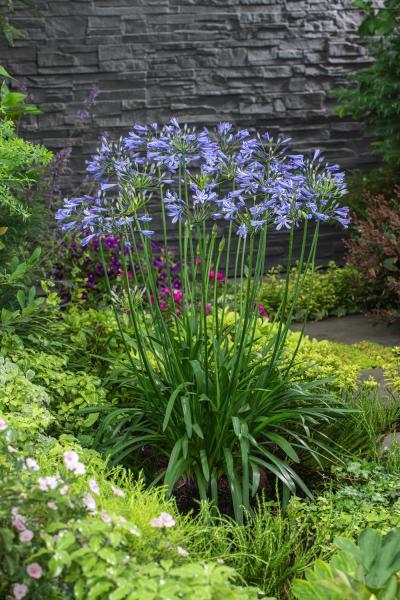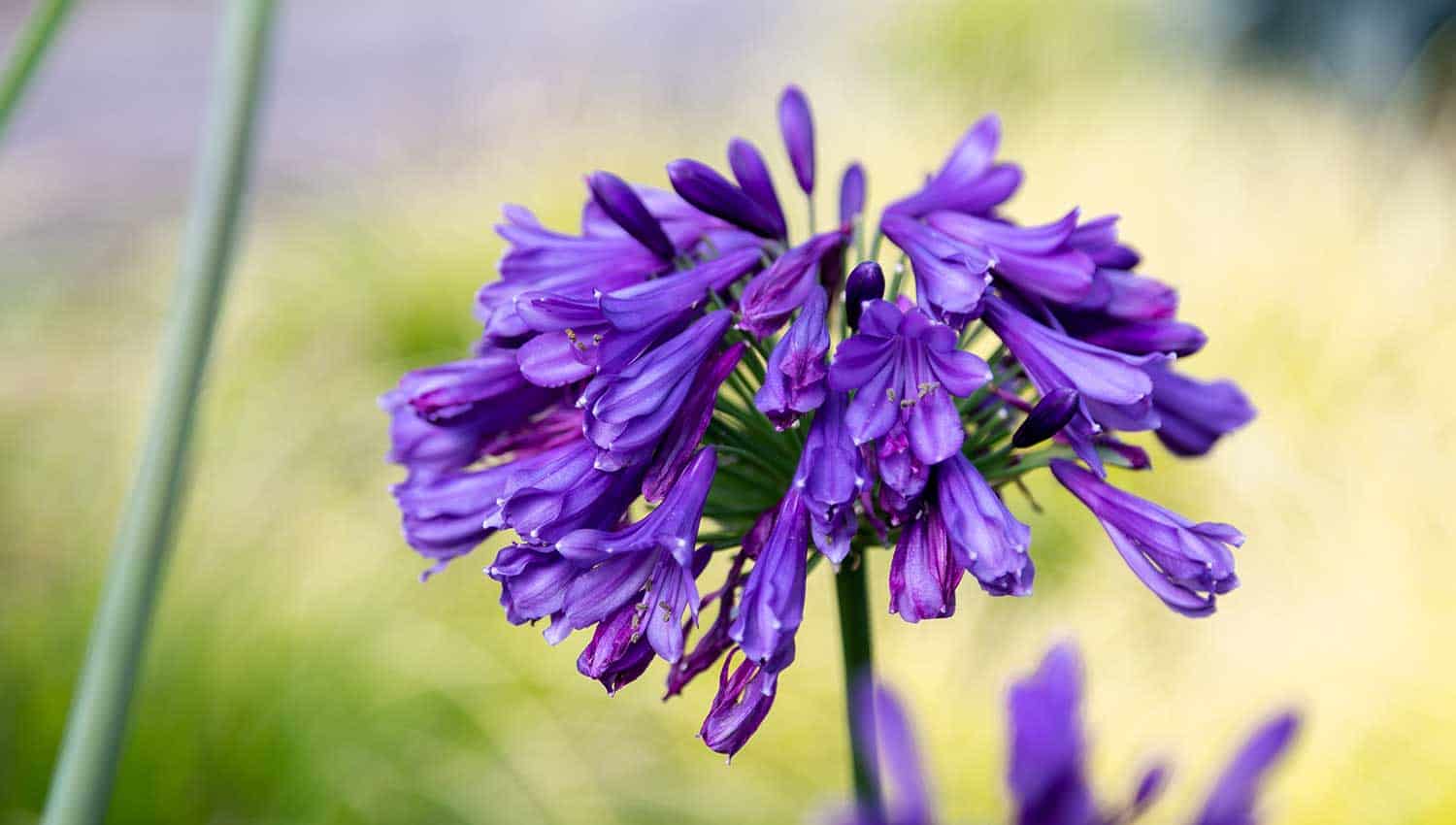Agapanthus Growing Conditions: Soil, Sunlight, and Watering
Wiki Article
Understanding the Art of Agapanthus Treatment: Vital Steps for Healthy Growth and Dynamic Blossoms
In the realm of horticulture, the farming of agapanthus stands as a rewarding venture for those who seek to support these classy flowering plants. From picking the appropriate selection to mastering trimming strategies, the journey in the direction of cultivating growing agapanthus plants is multifaceted and holds the vital to unlocking the complete capacity of these agricultural treasures.
Picking the Right Agapanthus Range

When choosing the right Agapanthus selection for your garden, take into consideration factors such as environment viability, flower shade, and growth habit. In addition, consider the climate in your area to guarantee the Agapanthus range you select can prosper in your particular problems. Recognizing the development behavior of various Agapanthus ranges is crucial for correct positioning within your yard.
Suitable Planting Problems
Taking into consideration the ideal ecological requirements is crucial for successful Agapanthus cultivation. Agapanthus plants are sensitive to cool temperatures and ought to be secured from frost throughout winter season months.To make sure healthy and balanced development and dynamic blossoms, plant Agapanthus bulbs at a depth of concerning 2-4 inches and room them 8-12 inches apart. Including natural issue, such as garden compost, to the dirt can improve drain and fertility, advertising robust root development. Mulching around the base of the plants helps retain moisture and suppresses weed development. Normal watering is vital, especially during the growing period, to maintain the soil regularly moist but not waterlogged.
Watering and Feeding Tips
Keeping appropriate moisture degrees and offering essential nutrients are crucial elements in the care regimen for Agapanthus plants. It is critical to strike a balance when it comes to watering Agapanthus. If overwatered, these plants like regularly wet dirt yet are vulnerable to root rot. Throughout the growing period, water deeply when a week, making sure the soil is well-draining to protect against waterlogging. In hotter climates or throughout durations of drought, even more frequent watering might be required to maintain the soil equally moist. Nevertheless, reduce watering in the winter months to avoid water logged conditions.Fertilizing Agapanthus is crucial for advertising healthy and balanced development and prolific blossoms. Use a well balanced plant food, such as a 10-10-10 formula, in the very early springtime as new growth arises. Repeat this application every 6-8 weeks throughout the expanding period. Prevent extreme fertilizing, as it can bring about lush foliage at the cost of blossoms. Always follow the producer's guidelines for correct dilution and application approaches. By following these watering and fertilizing tips, you can ensure your Agapanthus plants grow and generate vibrant, resilient blooms.
Trimming Strategies for Agapanthus
Trimming Agapanthus plants at the ideal times and with correct strategies is critical for keeping their wellness and advertising ideal development and blooming. The perfect time to prune Agapanthus remains in late winter or early spring prior to new development arises. Begin by eliminating any dead or yellowing fallen leaves near the base of the plant. Cut them as short as possible without damaging the arising shoots.Deadheading invested flowers can additionally reroute the plant's power into producing even more blossoms instead than setting important source seeds. If you desire to collect seeds for breeding, leave some flowers to dry and mature on the plant.
Bear in mind to use clean, sharp devices to make accurate cuts and minimize the threat of introducing conditions. Agapanthus. Normal trimming will assist keep your Agapanthus looking cool and healthy and balanced while making certain an abundant screen of gorgeous flowers
Handling Typical Insects and Diseases
After ensuring proper pruning methods for Agapanthus, it is necessary to resolve usual parasites and conditions that can impact the health and vigor of these plants. One usual parasite that impacts Agapanthus is the why not look here Agapanthus gall midget.One more common problem is fungal fallen leave area, which presents as dark sores on the leaves. To stop fungal illness, guarantee excellent air flow around the plants, prevent overhead watering, and get rid of any infected leaves quickly. Additionally, Agapanthus plants can struggle with root rot if they are planted in poorly draining pipes soil. To avoid this, plant Agapanthus in well-draining dirt and prevent overwatering. By being attentive and taking timely action versus conditions and bugs, you can help your Agapanthus plants prosper and create vibrant blossoms.

Conclusion
Finally, understanding the art of agapanthus care involves choosing the appropriate selection, providing perfect planting conditions, proper watering and fertilizing, suitable trimming strategies, and dealing with typical parasites and conditions. By complying with these essential actions, you can ensure healthy and balanced growth and vibrant blooms for your agapanthus plants. Bear in mind to routinely monitor and preserve your plants to advertise their total wellness additional hints and long life.To make sure healthy growth and vibrant blossoms, plant Agapanthus bulbs at a deepness of concerning 2-4 inches and area them 8-12 inches apart. By following these watering and feeding pointers, you can guarantee your Agapanthus plants grow and create vibrant, lasting blossoms.
One common insect that affects Agapanthus is the Agapanthus gall midge. In addition, Agapanthus plants can suffer from root rot if they are grown in improperly draining dirt. By complying with these vital steps, you can make certain healthy growth and vibrant blooms for your agapanthus plants.
Report this wiki page